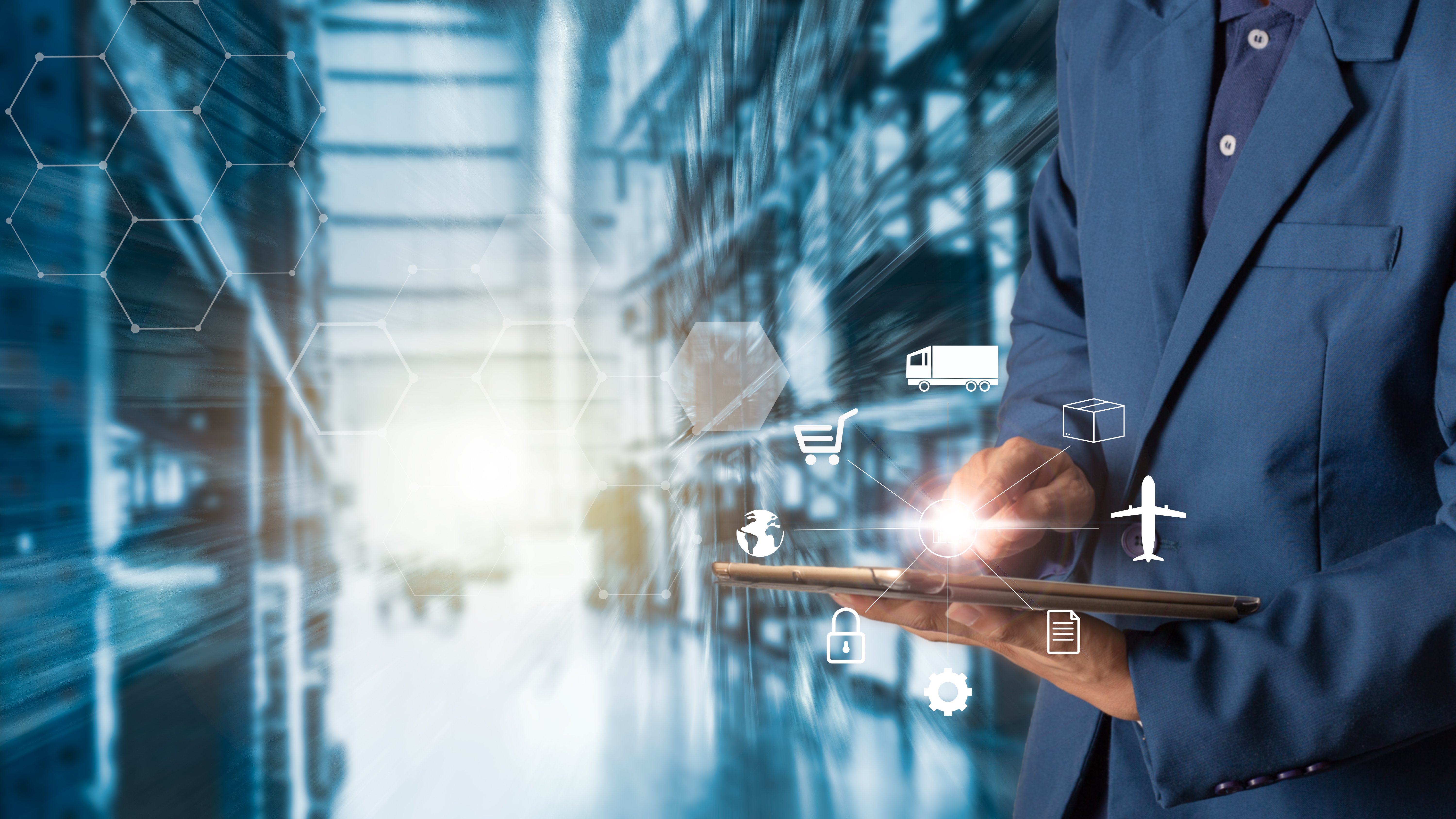
COVID-19 and the measures taken to contain it have had an enormous impact on society, and on almost every industry. Travel and leisure have surely been the most negatively affected by the recent stress test, while pharma giants are positively pressured by the urgent demand for a vaccine and other medical supplies. For some e-commerce stakeholders, almost every day is Black Friday.
Envisioning the Next Normal, then, has made many an expert wonder: should we make our supply chains more resilient, or rather the ecosystems in which they operate? AE is a firm believer in the latter. Read on to learn why and how we envision it so.
Supply chain innovations over the years
To understand where the weaknesses of today’s supply chains lie, organizations must be aware that, in the last decades, the main focus of supply chain innovations has been on efficiency and operational excellence.
- Globalization has pushed the boundaries of supply chain models by connecting chains worldwide and aiming for low-cost, seamless interconnectedness. From the consumer’s point of view, it is only normal that a charging cable for their new iPhone, ordered in China, arrives at their doorstep within days for practicably the same price as buying local – or cheaper, even.
- Smart logistics and manufacturing, driven by technology, pushed logistics further down efficiency lane. Why? Because it was possible. Doing the same things better, faster and cheaper meant no more empty trucks, just-in-time warehousing solutions bringing stock levels to bare minimums, etc. All of this got combined with a global supply chain ecosystem: numerous parties all over the world now constitute one supply chain, accurately tuned to a well-oiled machine.
- The shift from B2B towards B2(B2)C, driven by the online economy, accelerated the necessity for smart solutions, pushing more ‘smart’ into warehousing and putting more pressure on logistics. Each customer typically wants to be served directly and digitally in a unique, personalized manner: “Your <unique> pair of shoes is directly picked from our warehouse and delivered at your chosen location”.

Structural weaknesses
Rising environmental costs and pressure on local communities in low-cost countries had already made society start to question the trends mentioned. It was COVID-19, however, that truly lay bare some structural weaknesses in this well-oiled machine.
The supply chain can be considered an ecosystem that is very efficient, yet fragile and extremely delicate. If one domino falls, the entire chain is at risk – remember these past months? The shirt you wanted to buy in that (e-commerce) shop turned out to be out of stock, because its presence depends on numerous intermediaries all over the world. As every aspect of the chain is dependent on other sources spread across the globe, the traditional supply chain proved to be an organizational nightmare when disrupted, not in the least due to the lack of transparency throughout the process.
What’s next?
The need for a more resilient supply chain is more than clear. Specifically,
- supply chain processes must use fewer intermediary parties. This is a call for a less fractioned supply chain.
- more transparency is needed to intervene in case something goes wrong. Blockchain technology could prove the key to end-to-end transparency.
- we must shorten the chain to make it less fragile. Local intermediaries, both in logistics and production, can be part of this solution.
- smarter supply chain solutions will enable resilience in any supply chain.
A more resilient supply chain
How to make supply chains more resilient and less fragile? Our advice is this:
- Revisit your logistics and business processes and organization structures, with a clear focus on making them more robust and less dependent, and smarter and more agile. The business needs of your customers and their customers must be the key drivers in this exercise.
- Invest in an ecosystem view on your total supply chain. Before tackling your challenges, take a step back to look at the bigger picture. A transparent end-to-end view will help you make better choices by identifying overhead and weak links. Smart choices in warehousing solutions, in modes of transport and in manufacturing, can strengthen your position in your ecosystem. The more transparency you achieve, the faster and better you will react when urgent adjustments are needed.
- Make your total solution smarter. Using technology as your main stimulus, start by making your business more insight-driven. Data can bring more insights, and more insights can be turned into intelligence. That will prove an asset to concrete use cases, where more resilience effectively leads to a positive business outcome. AI machine learning models will keep your business resilient at all times. Connected IoT devices across your supply chain will make the learning models smarter, and this is exactly what your supply will become in return, too. Moreover, applying these smart models will keep your supply chain ecosystem constantly up to date. You will always reach the next level of resilience based on the agility of your system as a whole.
Need help preparing your supply chain for the Next Normal?
AE has all the experts and expertise in place to help your supply chain reach the next level of resilience. We will happily revisit your processes, create your ecosystem view and make your supply chain smarter by combining the right technology with the right business knowledge. Please don’t hesitate to get in touch for an inspiring chat!




